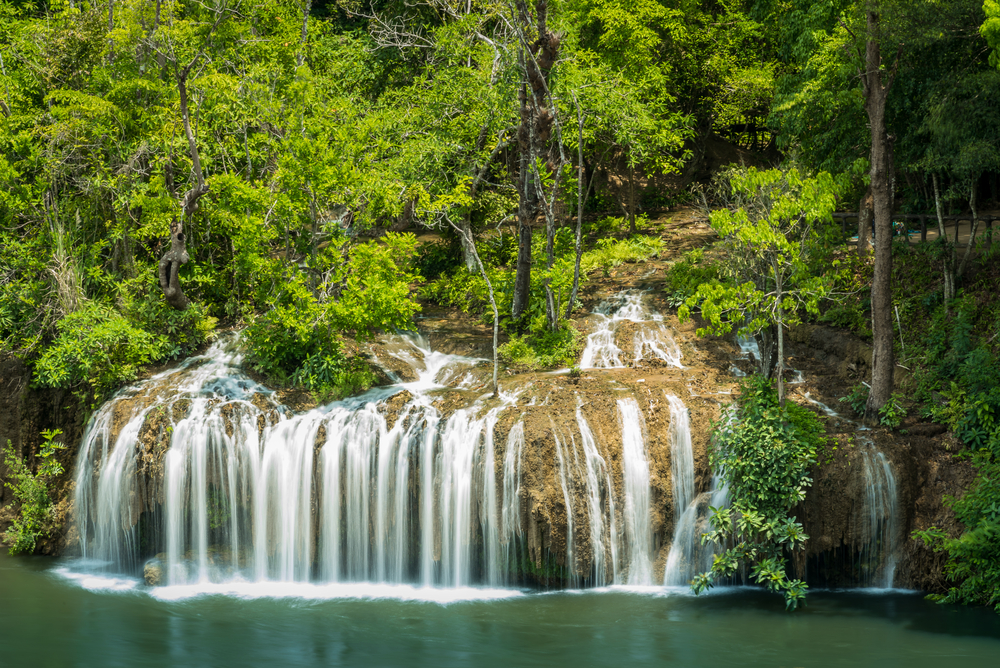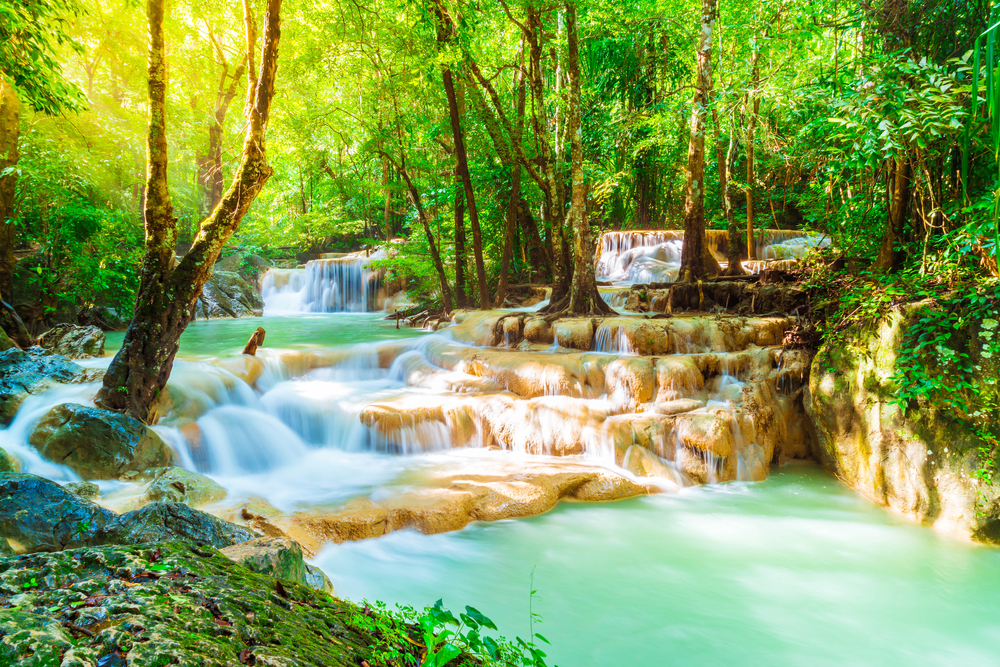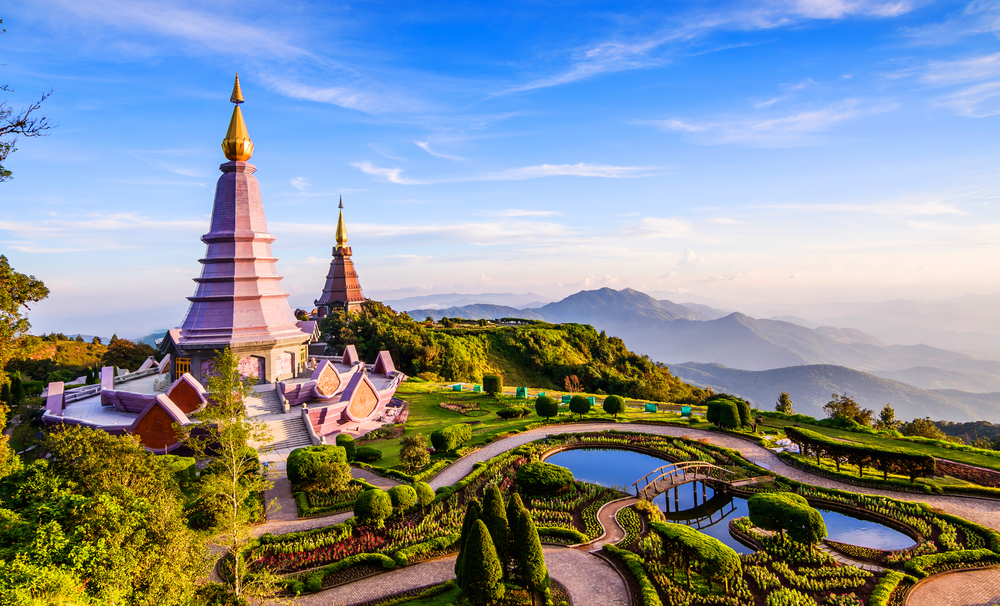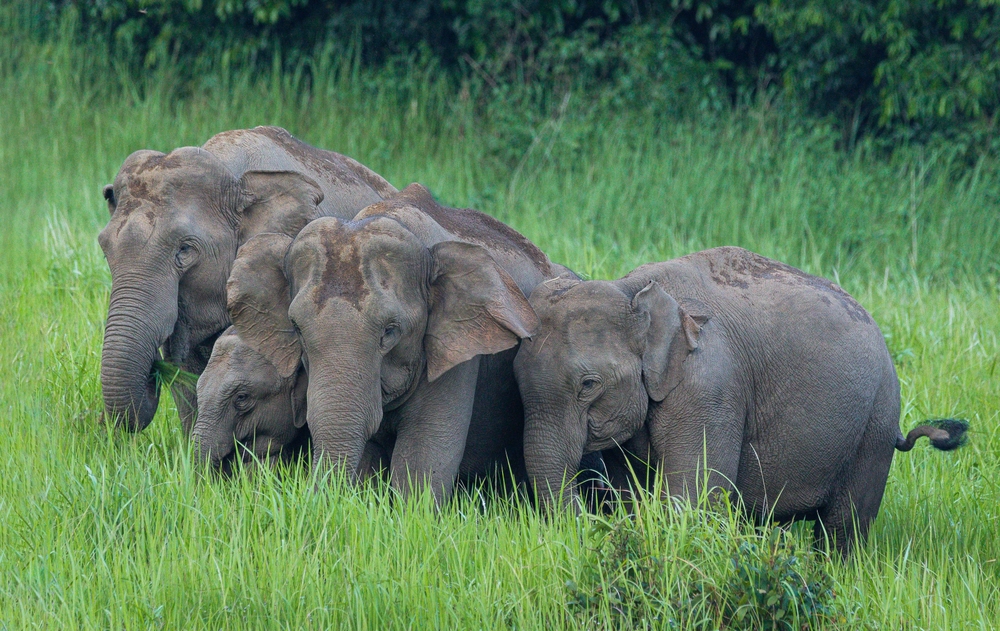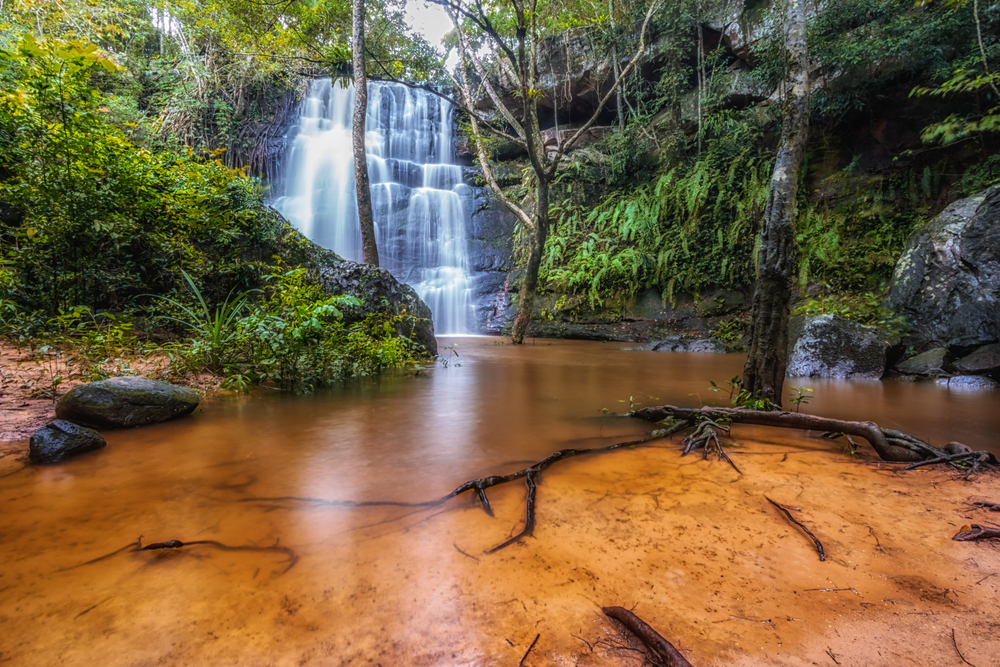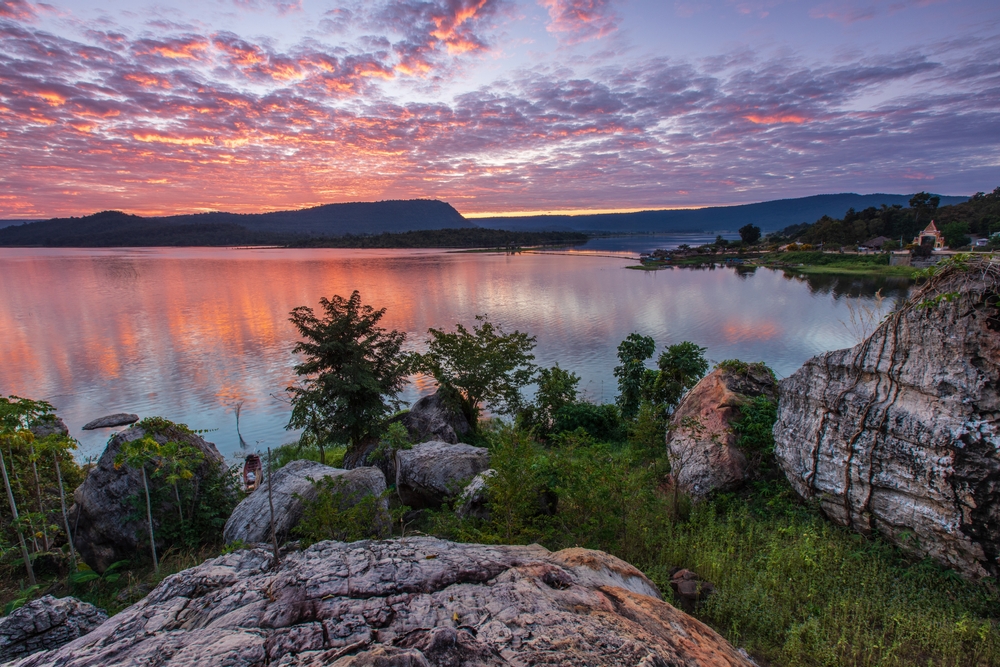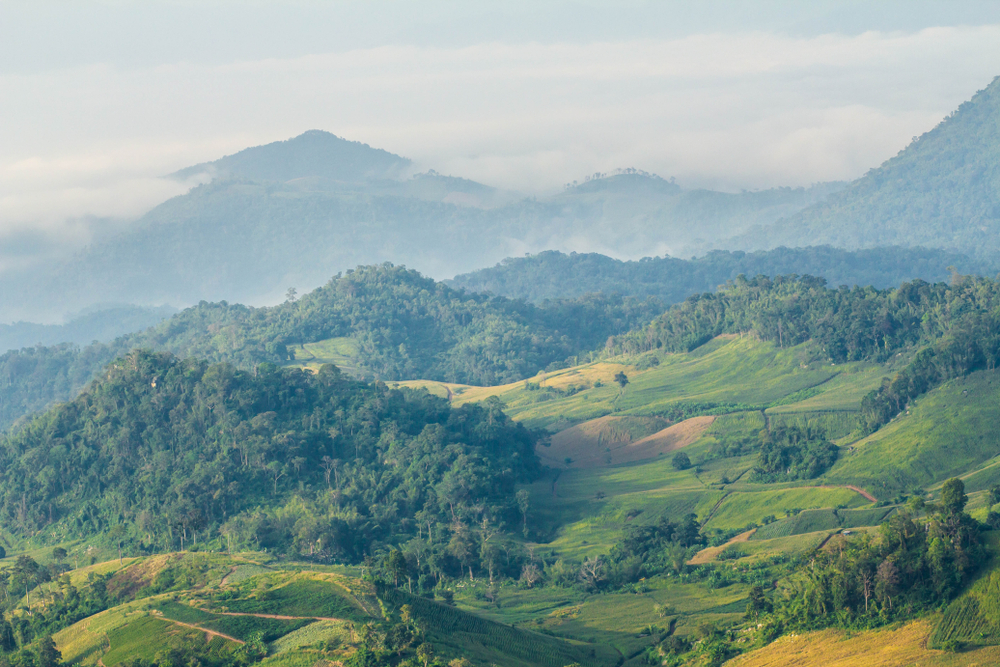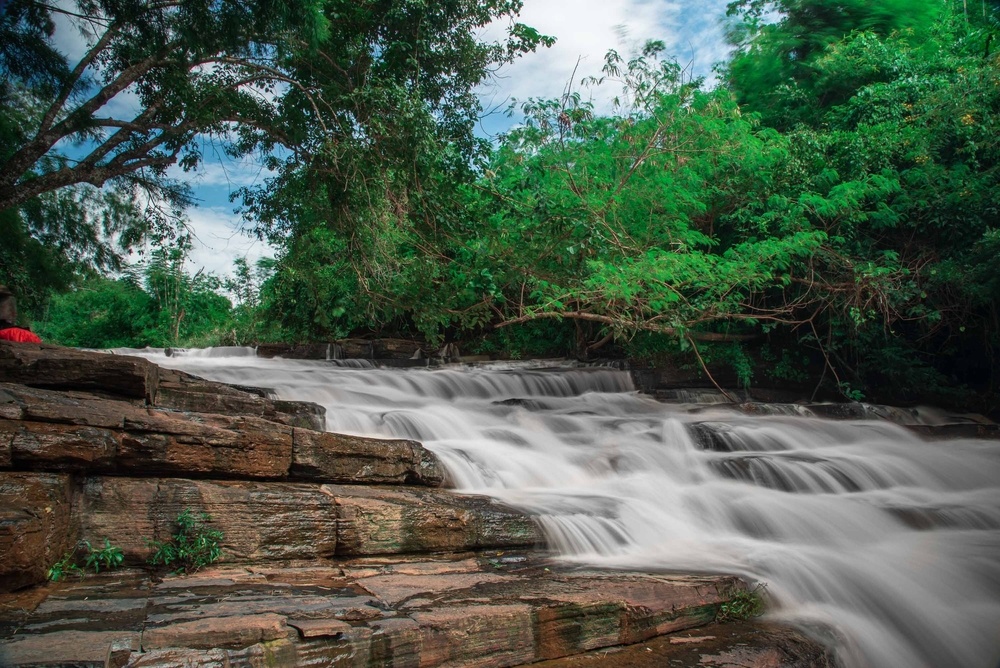Sai Yok Overview
Sai Yok National Park, or อุทยานแห่งชาติไทรโยค in Thai, is a stunning natural treasure located in Kanchanaburi Province, Thailand. Covering an area of approximately 190 square miles (500 square kilometers), the park is part of the Western Forest Complex, a significant ecological corridor that spans across Thailand and Myanmar.
Established in 1980, Sai Yok National Park is renowned for its rich biodiversity, breathtaking landscapes, and historical significance. The terrain of Sai Yok National Park is characterized by dense tropical forests, limestone mountains, and numerous caves and waterfalls.
One of its most iconic features is Sai Yok Noi Waterfall, a serene cascade that draws visitors for its beauty and accessibility. Equally captivating is Sai Yok Yai Waterfall, a larger and more dramatic waterfall that tumbles into the Khwae Noi River. The park’s limestone formations also create an extensive network of caves, including Lawa Cave, known for its intricate stalactites and stalagmites. The forest vegetation is lush and predominantly evergreen, interspersed with bamboo groves that thrive in the area’s humid climate.
Sai Yok National Park is home to an impressive array of wildlife, making it a haven for nature enthusiasts. Key mammals include Asian elephants, sambar deer, and Malayan porcupines. The park is also a sanctuary for the Kitti’s hog-nosed bat, or bumblebee bat, the world’s smallest mammal.
Birdwatchers can enjoy spotting species such as hornbills, great egrets, and various kingfishers that inhabit the forest and river areas. The diverse ecosystem also supports reptiles, amphibians, and countless insect species, adding to its ecological richness.
Visitors to Sai Yok National Park are drawn to its many features, including the historic Death Railway, which passes through the park and serves as a poignant reminder of World War II history. The Khwae Noi River offers opportunities for bamboo rafting and kayaking, providing a serene way to explore the park’s waterways.
Hiking trails lead visitors through the forest to scenic viewpoints and waterfalls, while camping facilities and floating houseboats on the river offer unique accommodation options. The caves, such as Lawa Cave and Dao Daung Cave, provide spelunking adventures for those seeking to explore the park’s underground wonders.
Conservation efforts at Sai Yok National Park have been focused on protecting its biodiversity and mitigating threats such as illegal logging and poaching. The park’s inclusion in the Western Forest Complex has bolstered habitat connectivity for wildlife, aiding in the survival of endangered species. Educational programs and eco-tourism initiatives help raise awareness of the park’s ecological and cultural significance, ensuring its preservation for future generations.








































































